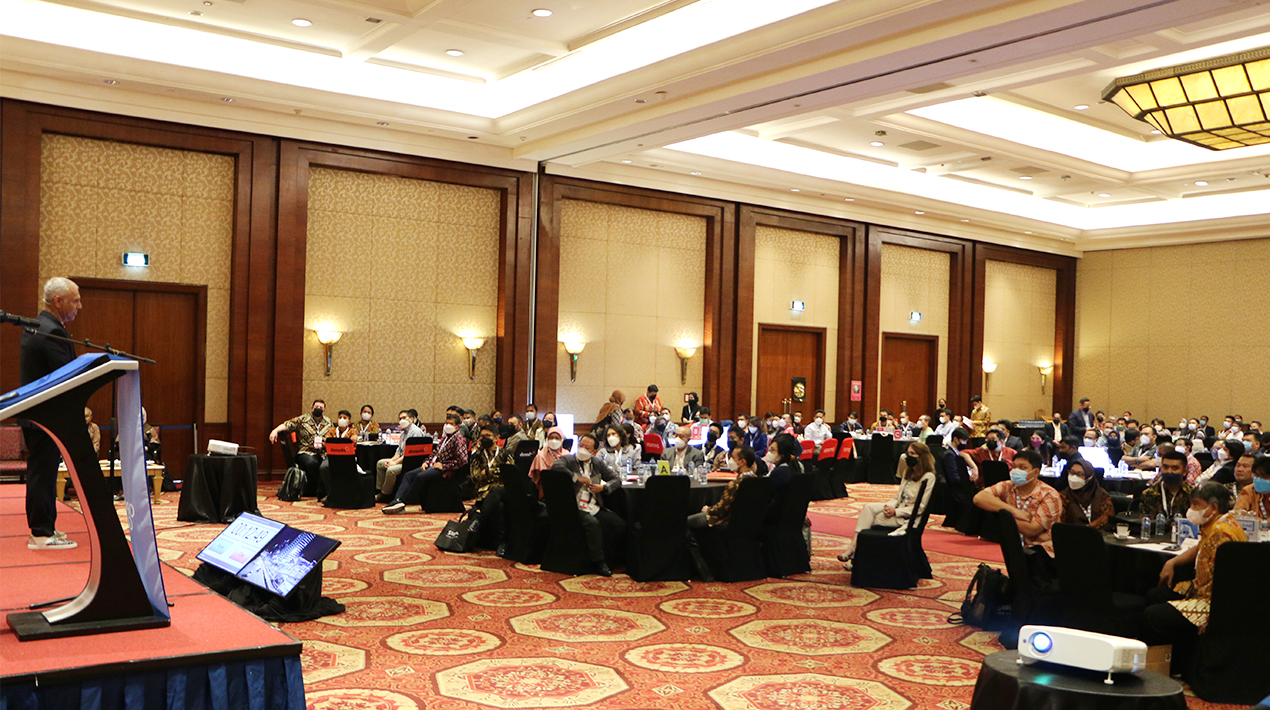
The development of a country’s digital industry is inextricably linked to its economic foundation and can be viewed as a development cycle that constantly circulates and builds on top of one another. As Indonesia strives to improve its industry competitiveness, the country’s economic foundation will need to be revamped to accelerate a digital transformation. This is no longer just a component of economic development; it is the primary driver of national economic growth.
The country is striving to realise its vision of Indonesia EMAS 2045, which calls for an equitable distribution of wealth and the economy, especially the digital economy. Indonesia’s resilience and success in the digital age will be further tested as it takes on the role of the G20 Presidency.
The Indonesia OpenGov Leadership Forum 2022, which took place on 21 July 2022, at the JW Marriott Hotel in Kuningan, brought together senior digital executives eager to strengthen and support Indonesia’s capacity to reinvent itself. It was an opportunity to connect with relevant stakeholders to learn more and better understand the plans for Indonesia’s Digital Economy and their role in them.
The Importance of Digital Roadmap

In his opening address, Mohit Sagar, CEO and Editor-in-Chief of OpenGov Asia, urges people to rethink their preconceived notions of technology. On being asked if the polling devices they were given were intelligent, most of the delegates said yes. This is where the crux of the problem lies, Mohit feels. People believe that sophisticated technology is automatically intelligent – this fallacy needs to be reconsidered and rectified.
Another term that is misinterpreted is “the cloud.” Mohit cautions ASEAN nations to take a lesson from Estonia. While it uses the cloud to better connect citizens and services, it faces a significant danger of internet attacks.
The truth is that “cyber security is a problem for everyone”, not just Estonia. All nations are equally vulnerable as technology is comprehensively deployed. This is not, Mohit believes, a reason to be afraid of digital progress.
Digital transformation has become a catchphrase and often a misunderstood buzzword. While transformation was happening earlier, the pandemic has accelerated it tremendously. Remote working, e-commerce, digital citizen services, etc. fast became the need and the norm. However, early measures were ad-hoc and often a hastily deployed mix of technologies designed to ensure the survival of organisations rather than any long-term strategy.
Two years into the pandemic, both the private and public sectors across the world are exploring more permanent solutions, and Indonesia is no different. With the help of its Digital Roadmap, which defines the needed pillars to support digital transformation, Indonesia should be more accessible and transparent with its data to attract more foreign investment and trade.
This is more critical considering the plans to move its capital from Jakarta to a new city – Nusantara on the island of Kalimantan as well as Indonesia’s turn to host the G20 Presidency, which has put it on the map of the world.
Given the shared difficulties in implementing the Fourth Industrial Revolution (4IR) for most ASEAN nations and considering how interconnected the world has become, some solutions and platforms are common to all and should be interoperable.
For instance, different nations are developing multiple applications to meet various (albeit similar purposes). Mohit suggests creating stronger digital ecosystems in each nation but developed in such a way that they speak and work with each other through a cooperative app or layer.
In the current landscape, if a country wants to both survive and thrive, it should consider innovative technologies as its main priority. Moreover, as each nation has its own set of goals, mandates and deliverables, it is vital to adhere to whatever the nation as a whole wishes to establish. And as every country increasingly has access to the same set of talent and technology, Mohit advises the audience to create their own roadmap.
Keeping Citizens at the Heart of Digital Transformation: A Vision for the Future and a Forward-thinking Approach

According to Dr Ir Slamet Soedarsono, the Acting Deputy Minister for Political Affairs, Law, Defense and Security for Indonesia’s Ministry of National Development Planning / Indonesia’s National Development Planning Agency, governing in the digital era is a constant opportunity that comes with constant challenges.
In addition to the pandemic, there are a few other issues that need to be resolved, such as the inadequate infrastructure, the underutilisation of certain sectors and the need to strengthen the digital ecosystem in terms of security, knowledge and awareness.
However, the epidemic demonstrated that people can remain connected through a plethora of digital offerings and platforms. More than 60% of people use social media and were already connected online before the pandemic.
In the digital economy, the number and sophistication of internet users are vital to the survival of a nation. This is in line with the Ministry’s policy orientation, which followed the President of Indonesia’s directive and the SDGs.
SDGs offer a strong foundation for the 2045 Indonesia vision (Indonesia EMAS 2045), one of which is to accelerate economic change, as Indonesians become more networked with one another and concentrate on digital transformation. The difficult part of achieving this goal creating institutional structures, corporate processes and rules relating to the national digital ecosystem.
Dr Slamet acknowledges that the digital transformation in Indonesia affords opportunities for easier implementation, as evidenced by the achievements. The government of Indonesia provides various talent frameworks based on the needs and capabilities of its citizens.
The Ministry is also developing appropriate architecture to accelerate the digital government transformation, as well as the One Data Indonesia policy, the National Integrated Data Centre and e-government implementation through a variety of systems.
As a result, Indonesia’s performance on the United Nations (UN) E-Government Development Index (EGDI) and Environmental Performance Index (EPI) is improving. Indonesia has risen to the top of the EGDI and EPI rankings by transforming the fundamentals through digital transformation.
Practical Applications of Machine Learning in Government and Finance
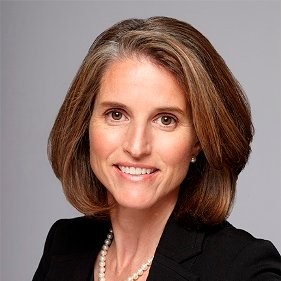
Jennifer Robinson, SAS’s Global Government Strategic Advisor, defines machine learning as a sophisticated system that can learn from data, identify patterns and make decisions without human intervention.
Machine learning, unlike traditional programmes created by humans, has no rules. Thus, the machine model processes so much data that must establish directions based on what the data reveals about itself -the more accurate the data, the more refined the result.
Jennifer believes that the key fundamental aspects of machine learning are related to the ingredients of machine learning itself. It typically consists of computing power, massive amounts of data and various types of analytic models. This is evidenced in real-world cases, including property valuations, smart cities, investigations management, data analytics centres, insurance and social services.
A concrete example of this is how roadway congestion and optimising public transportation in Turkey’s largest city were addressed using AI.
The machine accomplished this by understanding and predicting traffic, allowing them to appreciate the flow of the sections. The machine provided ways to slow down traffic for 5 minutes, reducing traffic load and tons of carbon dioxide emissions. AI could also process commuter data segmentation by analysing movement which offers fantastic traffic benefits to citizens.
In the case of investigation management in the United States, criminals who were last seen with their car in a specific driving location can be solved with AI in a matter of hours rather than days. When interpreted and wrapped in machine learning, the links between criminal activities become clear.
AI also helps Northern California Intelligence Centre (NCIC) provost agencies by collecting and analysing crime-related data to better deal with crime in the county. The results show the ability of AI to assist the agencies effectively and serve citizens more effectively and quickly.
In this modern digital era, people require computer automation to help them thrive. Most businesses invest in technology as they recognise it as the true business driver.
Jennifer stresses that people should not be afraid that machines would replace them. Machines excel at large datasets, whereas humans excel at common sense. The machine can only supplement what humans can do, whereas humans can spend their time doing more meaningful things.
“When they think of AI, they think of robots,” Jennifer said, “but the fear of machines taking over doesn’t start with robots, it starts with the Industrial Revolution.”
Many people were concerned about their jobs being taken over by machines early on. However, technophobia has evolved. People have come to love machines after having a love-hate relationship with them.
Building Real-Time Smart Government with Data in Motion

According to Rully Moulany, Confluent’s Regional Sales Director for Southeast Asia, data motion is the key to citizen experience because it has reshaped thinking and approach. Whether in the data centre in the form of the cloud, user experience in the form of mobile, or decision making that typically comes from machine learning.
However, he suggests looking into each company’s data infrastructure. The average is out of date, with data ranging from the 1970s to the 1990s. There is still a lot of outdated data and infrastructure in 2022. As a result, Confluent is eager to alter this situation through data in motion and emphasises the significance of viewing data as a continuous stream of events.
In terms of data in motion, there are several best practices and government use cases. The first example is at UC San Diego, one of the top universities in the United States. The university is modernising its middleware to be event-driven, or in other words, real-time, and to serve all stakeholder ecosystems on campus, from lecturers to students.
The second example comes from DB, the operator of Germany’s national public transportation company, which can integrate traffic information with their public transportation schedule in real-time, allowing them to better serve public transportation passengers.
The third use case is Intel which used event streaming to detect cyber traps all over the world.
Other recent examples include the CDC in the United States which deploys using real-time led data integration and NASA which employs real-time fault detection on ships and sensors that should be included in their products.
Rully keeps using the term “real-time” because he wants, ” to introduce something new, simple; when we talk about systems and applications, it can’t be far from the database. Real-time data refers to a variety of datasets that continuously rotate.”
Most datasets make the fundamental assumption that data is at rest. He reminds the audience to focus on the events of the transaction rather than the transactions themselves. People usually browse at events before making purchases. And real-time data typically outnumbers transaction data.
Every organisation deals with two types of data. People, however, continue to focus on data at rest (static data), rather than data that moves when events occur. Many events are not recorded. Gartner’s 2018 prediction said that event-sourced data will require more than 80% of existing systems by 2020. However, in practice, few people use this.
Organisations’ data can be harnessed and used to benefit the organisation. Confluent gave birth to a new paradigm in data processing by discussing data directly from the source. Rethinking data as an unbounded stream that continues to flow is what gives rise to the term “data in motion.” This in-motion data capability is quick, so fast data outperforms slow data because it is in real-time.
Collected Data to Connected Data: The Foundation of Indonesia EMAS 2045
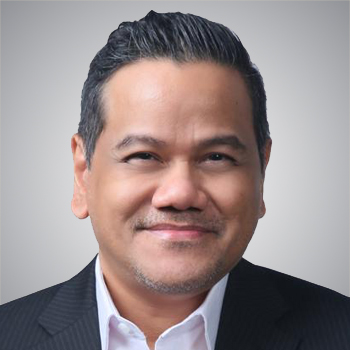
According to Reza Pahlevi, Neo4j’s Country Managing Director for Indonesia, the relationship of data is the key to the intelligence of data collection. Those connections will reveal the insight from which the information can be obtained.
Reminiscing about the early days of digitalisation, he recalls how people flocked to connect data, even though the data is classified as siloed data. Now people need a capable technology that can connect data quickly and make quick decisions.
Indonesia EMAS 2045 is a government initiative to develop the entire generation and evolve major sectors. One of them is to create an equitable and dominant economy for Indonesians.
Reza shared how Neo4j aided the Directorate General of Taxes’ goal of increasing and securing tax collection. The data obtained is quite large, and typically generated by expensive hardware. However, despite the high cost, it offers numerous advantages.
In terms of broadening the taxpayer base, only a small percentage of the Indonesian population pays taxes, both corporate and individual. If technology is properly implemented, it has the potential to become one of the world’s top five economies.
Neo4j has already shown sound results in two areas: increasing the number of taxpayers and improving compliance. They also accomplished this by combining multiple data sources, breaking into the critical business owner database, identifying stakeholder relationships and how they are involved and identifying each other’s material to assist the tax department.
Many businesses require technology, financial services, data recommendations, protection and so on. As a result, collaboration will be extremely important.
Reza concluded by reminding the audience that there are many unopened nodes in the network and relationships in the data that are currently scattered around the world. As a result, the data connection is what binds the opportunity to better conduct Indonesia EMAS 2045.
Data Analytics @ Cities and Transportation: Focus on the Implementation of Practical Ways to Unlock the Value of Data and Increase Efficiencies of Transportation
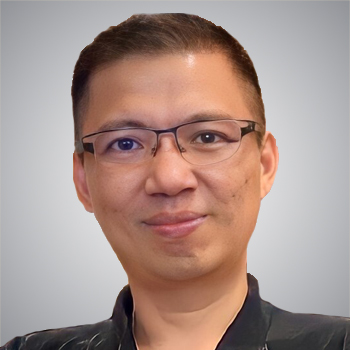
Yau Wai Yeong, Intel Corporation’s Segment Marketing Manager Smart Cities & Transportation Road Infrastructure, emphasised the importance of data in creating Smart Cities.
Smart Cities are cities built on data-backed decisions to optimise efficiency, streamline mobility and create more value for agencies and citizens. With booming populations and megacities, the need and demand for urban mobility have increased dramatically. As a result, public transportation and infrastructure must be improved to meet demand.
Many cities have benefited from smart roads. Data has been critical in enabling transportation, public safety, infrastructure, and sustainability to work together to create an efficient city and cater to urban mobility. Yau expounds on four data-driven regions in her case study: the United States, Asia Pacific, China and EMEA.
Both EMEA and the US excelled in traffic management, with the former developing computer vision tracking to monitor moving objects in Phoenix, Arizona. The amount of traffic reduced ranged from 20% to 43%.
The latter, on the other hand, integrates data from CCTV cameras and uses AI algorithms to optimise signals. In the Asia Pacific, EDGE services were giving birth to green energy monitoring, smart buildings, public transportation, maritime, and telco 5G use cases.
Finally, tolling and parking in China have been optimised with data streamlining toll collection, effectively reducing the time from 15 seconds to 2 seconds.
Intel can complete all cases in specific regions in three steps. First, they construct by leveraging Intel’s portfolio and technical capabilities. The second step is to launch activations to create new opportunities, and the final step is to scale by providing a great solution for establishing an ecosystem.
According to Yau, the “Internet of Things” connects everything and emphasises the importance of integrating communication and technology to get to the heart of AI. He reminds the audience that AI is critical to ensuring the aspects that can be measured. Intel’s implementation and portfolio, which highlights examples of deep learning acceleration, will deliver the results and what to improve.
Modernising Data Protection to Build a Resilient Organisation

Veeam’s Country Manager, Habisanti, explained how data has become the enabler of digital life and how every organisation on the planet must protect, manage, and mine its data to remain relevant. Even though the world is on a roll from the industrial revolution, data protection is still struggling to keep up with modern platforms.
“Your last line of defence is data protection,” According to Habisanti. “The right data is resilient data. It should be strong, tough, and elastic, with a modern data protection strategy. Data is a company’s most recent pulse or currency. To become a strong company, you must also have solid data. There is also elastic data, which has the characteristics of availability, agility (data is live and updated based on the most recent production), and authenticity (data that is correct and not tampered with).”
She explained that digitisation started accelerating in 2020, with organisations increasing their use of the cloud. Even now cloud usage is on the rise and many people are infatuated with it. However, ransomware is also on the rise. It is a real thing that will continue to exist. It wreaks havoc on many people’s backups.
As a result, the promise of modern data solutions and protection is divided into three categories: data resilience, trust and dexterity.
The modern data protection journey is to protect (resiliency), manage (trust), and unleash (dexterity). Veeam addresses this by encrypting immutable copies of data after automated backup to ensure that they are safe and cannot be tampered with. Veeam can protect a wide range of digital data types, including cloud, SaaS, apps, virtual, and physical data.
Veeam accomplishes this by making its solution simple, flexible, dependable and powerful. One solution for providing tough and robust data is to protect everything. Veeam measures and checks the issue processes the necessary measurements and secures and protects what needs to be done. It also releases data that can be used to analyse company growth and strategy, and the data can then be reused through dev/test and analytics.
Get Inspired Panel Discussion
The Indonesia OpenGov Leadership Forum featured two panel discussions based on each panellist’s experience in overcoming dataset problems.
 In the first – Transforming Data into Action at Scale to Boost Organisational Innovation – the panel discussed challenges in implementing data strategies.
In the first – Transforming Data into Action at Scale to Boost Organisational Innovation – the panel discussed challenges in implementing data strategies.
Yudhistira Nugraha, Director of Jakarta Smart City; Daniel Oscar Baskoro, Chief Operating Officer at Indonesia’s Ministry of Health’s Digital Transformation Office; Agung Indrajit, Chief of Data at Indonesia’s Ministry of National Development Planning’s Satu Data Indonesia; and Steven Seow, Business Value Consultant for Asia at Splunk were the panellists.
Most panellists agreed that data in the public sector tends to be siloed and not completely clean. This prevents easy access and makes it difficult to intelligently utilise it.
Ideally, access should be simplified, secure and kept clean data to boost performance. This could be done by preparing an action plan to collect, store and share data be it for organisation-wide or nation-wide activity.
The second panel discussion – Adopting “Cloud-First” Strategy to Boost Digital Economy and Accelerate Digital Transformation – focused on cloud adoption.
The panel included Dr Anto Satriyo Nugroho, Head of Artificial Intelligence Research Center and Cybersecurity, National Research and Innovation Agency; Dr Setiadi Yazid, Head of Center for Cyber Security and Cryptography at the University of Indonesia; John Anis, President Director of PT Pertamina Internasional EP; and Reza Rudyanto Pramono, Chief Technology Officer at Indonesia’s Ministry of Health’s Digital Transformation Office
The most important takeaway from the discussion is that digitalisation will fail unless digital technology is used effectively and efficiently. While there are concerns about cloud security, cloud is needed to improve efficiency and is fundamental for digital transformation.
Service delivery and cost efficiency are only possible by utilising current cutting-edge tools. They allow people to plan and predict, respond rapidly, be more flexible and feel more secure than before.
Fireside Chat
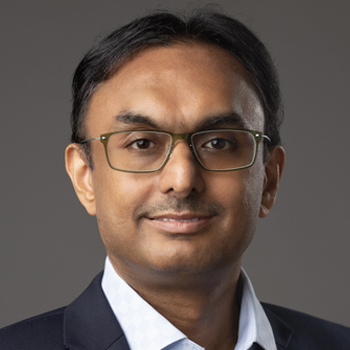 Mohit Sagar and Vishal Ghariwala, Chief Technology Officer APJ and Greater China for SUSE, discussed how organisations capitalise and thrive with open and interoperable digital solutions. The interaction – Embracing Open Innovation: Making Digital Transformation a Reality – explored the current trends, developments and barriers to open source.
Mohit Sagar and Vishal Ghariwala, Chief Technology Officer APJ and Greater China for SUSE, discussed how organisations capitalise and thrive with open and interoperable digital solutions. The interaction – Embracing Open Innovation: Making Digital Transformation a Reality – explored the current trends, developments and barriers to open source.
Vishal’s role includes overseeing macroeconomic and technological trends as well as arriving at strategic technology decisions. He also oversees the ASEAN region to assist customers and partners in making the most of technology.
A key aspect in deploying digital solutions is having support for innovation efforts by providing enterprise and expert backing. Because open source can pool collective intelligence to create highly innovative software that fosters rapid innovation, the demand for experts is critical.
Another challenge is the changing perception of open source, which in reality offers the freedom and flexibility to choose whatever an organisation wants. Of course, the problem may be deciding what to use. The best way to overcome this is to select the right vendor and switch to one that supports your business.
Vishal emphasises that action needs to be taken to face Indonesia’s digital transformation. “Today, you will be forced to make the best of what you have and use.”
He recommends that Indonesia establish two key teams in each of its IT departments. It should include a development team and an operations teams (or operations stability). These teams can get the department moving quickly and safely.
Many people struggle to maintain and comprehend key teams. However, there are numerous tools available to assist in problem resolution. He likened the situation to how formula one racing. Every F1 car requires fuel and a fantastic track. The fantastic track is the infrastructure and the fuel is the data.
Vishal explained how Open Innovation can help to solve global problems like the pandemic. In the case of COVID-19 Mitigation, the system’s disaster prevention or protection was the business problem. Scalability and flexibility are essential for this action. It peaks when a disaster occurs and when cases spike. AI can be used to will run the machine algorithm in the headquarters to check the COVID-19 hotspots and health to ensure safety.
The Fireside Chat takeaway is that cloud-native is the key to quickly responding to people’s needs in the modern era, as the new architecture allows them to do so.
Closing Remarks
In concluding the session Mohit acknowledges that digital transformation in the modern era needs to be accomplished in stages.
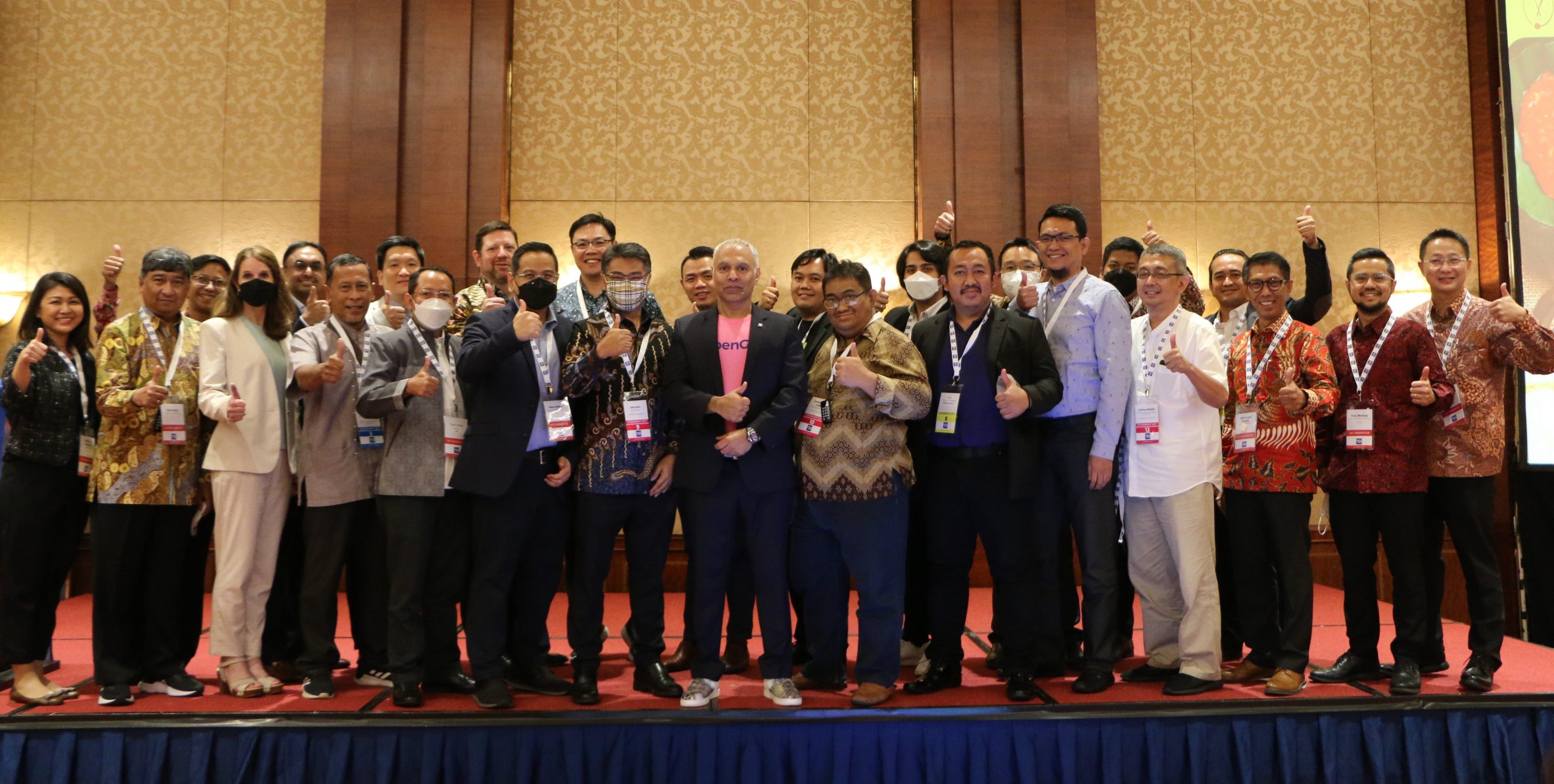 In the aftermath of the 2008 financial crisis, instead of continuing to employ a manual system, the United States decided to train its teams to use the cloud. Gradually, this model gained popularity and spread throughout the world.
In the aftermath of the 2008 financial crisis, instead of continuing to employ a manual system, the United States decided to train its teams to use the cloud. Gradually, this model gained popularity and spread throughout the world.
Australia, on the other hand, was unaffected and they decided to reassemble the core team from the UK and change their strategy. Putting together a team and bringing them in could lead to failure. Bringing in two or three people makes no difference. Leaping forward, bringing extra data and additional insights, and elevating the case will make digital transformation adaptability go smoothly.
Delegates gained valuable insights through technology case studies, gamifications and indepth interaction with global experts and their peers. The forum was a timely session where delegates obtained vital knowledge and practical tips drive Indonesia’s digital ecosystem and achive the Indonesia EMAS 2045 vision.
Mohit assured delegates that OpenGov was always ready to empower and support agencies in the ASEAN region through its platforms, events, OpenGov Advisory Services, and wide network of international experts.
















